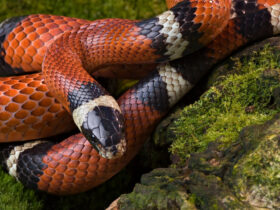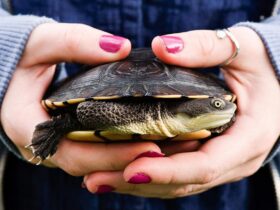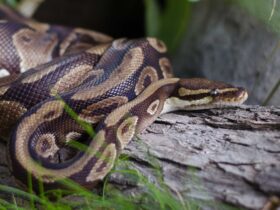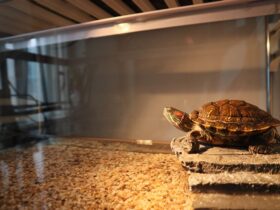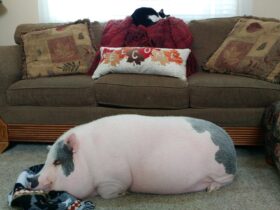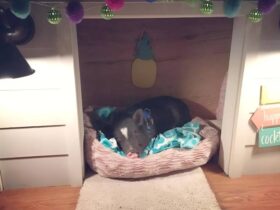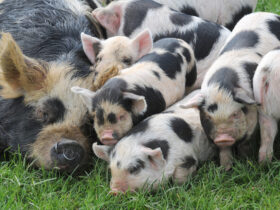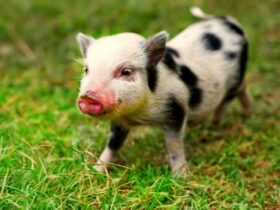Thinking about letting your mini pig enjoy the great outdoors? It’s a fun idea, but there’s a lot to consider. From making sure they have enough space to roam to keeping them safe from the weather and other animals, outdoor living needs some planning. You’ll also need to think about their diet, social needs, and legal stuff. It’s not just about setting up a pen and calling it a day. Let’s dive into what you need to know for your mini pig’s outdoor life.
Understanding Mini Pig Outdoor Living
Essential Space Requirements for Mini Pigs
When it comes to mini pigs, space isn’t just a luxury—it’s a necessity. These little guys need room to roam, root, and just be pigs. A good rule of thumb is to give each pig at least 50 square feet of space. This isn’t just about physical activity; it’s also for mental stimulation. Imagine being cooped up in a tiny space all day—it’s no fun. So, the more room, the better.
- Minimum of 50 square feet per pig
- Space for exercise and play
- Room for mental stimulation
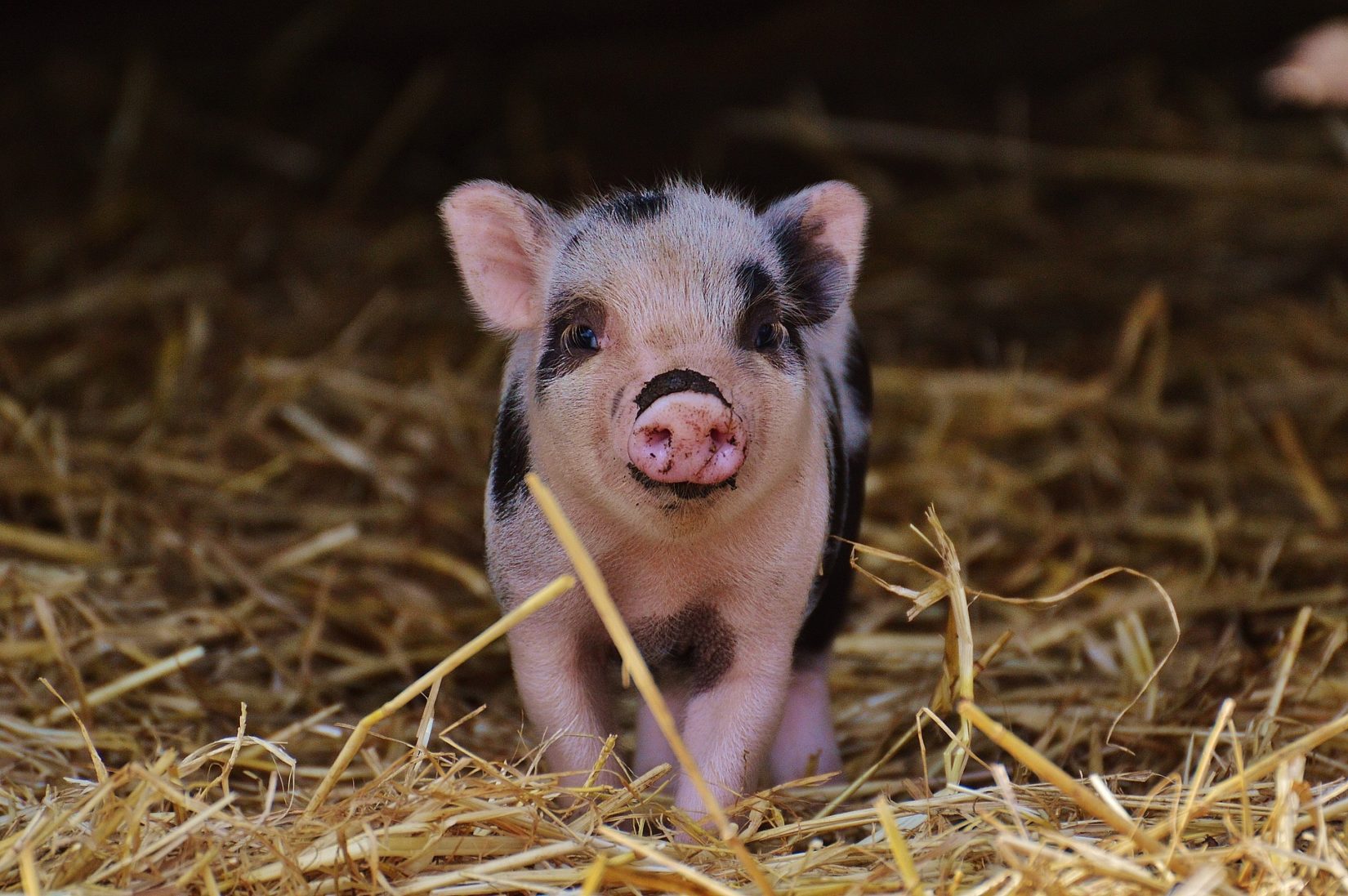
Creating a Safe Outdoor Environment
Safety first! Mini pigs are curious creatures, and they’ll find any weak spot in your setup. Use sturdy fencing materials—wood or metal are good choices—to keep them from wandering off. Regularly check for any weak spots or damage. And don’t forget about predators. Make sure your fence is high enough to keep them out.
- Use permanent fencing materials like wood or metal
- Check regularly for weak spots or damage
- Ensure the fence is high enough to prevent jumping
Mini pigs are naturally curious, so providing a secure environment helps them explore without getting into trouble.
Balancing Indoor and Outdoor Time
Finding the right balance between indoor and outdoor time for your mini pig is key. Indoors, you’ll need to pig-proof your home—cover electrical cords and keep small items out of reach. Outdoors, focus on secure fencing and weather protection. Consider your local climate and conditions when deciding how much time your pig should spend outside.
- Indoor: Pig-proofing essentials
- Outdoor: Secure fencing and weather protection
- Consider climate and local conditions
Remember, whether indoors or out, mini pigs need companionship and enrichment to stay happy and healthy. For more on creating a mini pig-friendly environment, consider factors like secure fencing and adequate space for roaming.
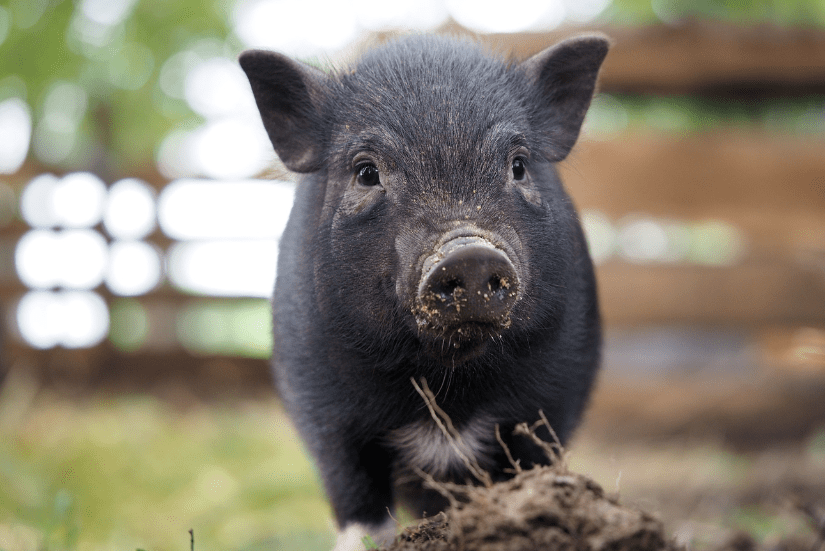
Designing the Perfect Outdoor Habitat for Mini Pigs
Choosing the Right Fencing Materials
When setting up an outdoor space for mini pigs, choosing the right fencing is a big deal. These little guys are quite the escape artists. Sturdy fencing is a must to keep them safe and sound. Think about using materials like wood or metal, which are durable and can withstand a pig’s curious nature. Regularly check for any weak spots or damage—pigs will find a way out if they can. Also, make sure the fence is high enough to prevent any Houdini acts.
Weather-Proofing Your Pig’s Shelter
Mini pigs aren’t fans of extreme weather, so their shelter needs to be well-prepared. It should offer protection from rain, wind, and the harsh sun. Insulation is key for those chilly nights, and a shaded area is essential during hot days. Consider using straw for bedding as it provides both comfort and warmth. Always ensure there’s plenty of fresh water available, especially in the summer.
Mini pigs need a cozy spot to escape the elements, whether it’s a warm nook in winter or a shady retreat in summer.
Incorporating Natural Elements
Pigs love to explore, root, and generally engage with their environment. Incorporating natural elements into their habitat can keep them happy and entertained. Think about adding a mud wallow for cooling off in the heat. Trees or bushes can provide much-needed shade. You can also set up a rooting area with safe materials like dirt or river rocks. This not only satisfies their natural instincts but also keeps them mentally stimulated. A few toys or puzzles can add to the fun and prevent boredom.
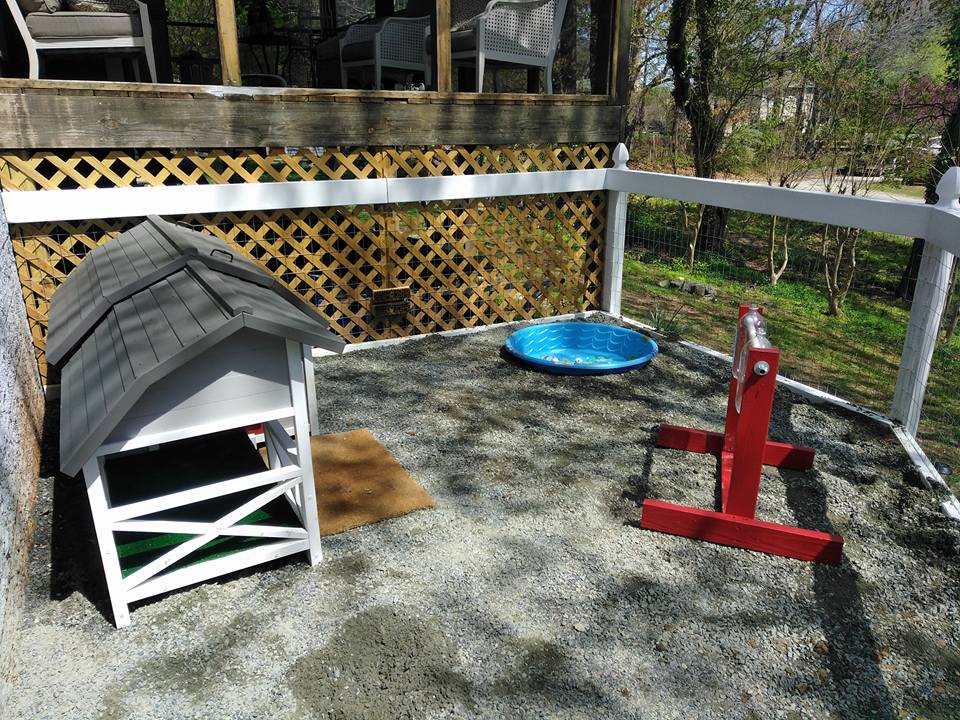
Feeding and Nutrition in Outdoor Settings
Understanding Mini Pig Dietary Needs
Feeding mini pigs isn’t just about giving them scraps from the table. They need a well-rounded diet that fits their age and energy levels. Young pigs, for example, need more nutrients to grow, while older pigs should eat according to their weight and metabolism. Overfeeding can lead to obesity, which is common in mini pigs. It’s important to provide balanced pellets, fresh veggies, and a small amount of fruit. Avoid giving them table scraps and toxic foods, and always make sure they have lots of fresh water.
Setting Up an Outdoor Feeding Station
Having a specific spot for feeding helps keep things tidy and organized. Here’s how to set up a great feeding area:
- Pick a Quiet Place: Choose a calm spot away from where they sleep.
- Use Heavy Bowls: Mini pigs can be pretty excited when they eat, so use heavy bowls that won’t tip over.
- Keep It Clean: Wash the bowls often to stop bacteria from growing.
Avoiding Common Feeding Mistakes
Feeding mini pigs might seem easy, but there are some common mistakes to watch out for:
- Too Much Fruit: Fruits are tasty but high in sugar, so don’t overdo it.
- Skipping Vet Visits: Regular check-ups with a vet are important for personalized feeding advice.
- Ignoring Activity Levels: Make sure to adjust their diet based on how active they are to keep them at a healthy weight.
Remember, each mini pig is unique. Regular consultations with a vet can help tailor their diet to their specific needs. Mini pigs require a balanced diet that supports their overall health and wellbeing.
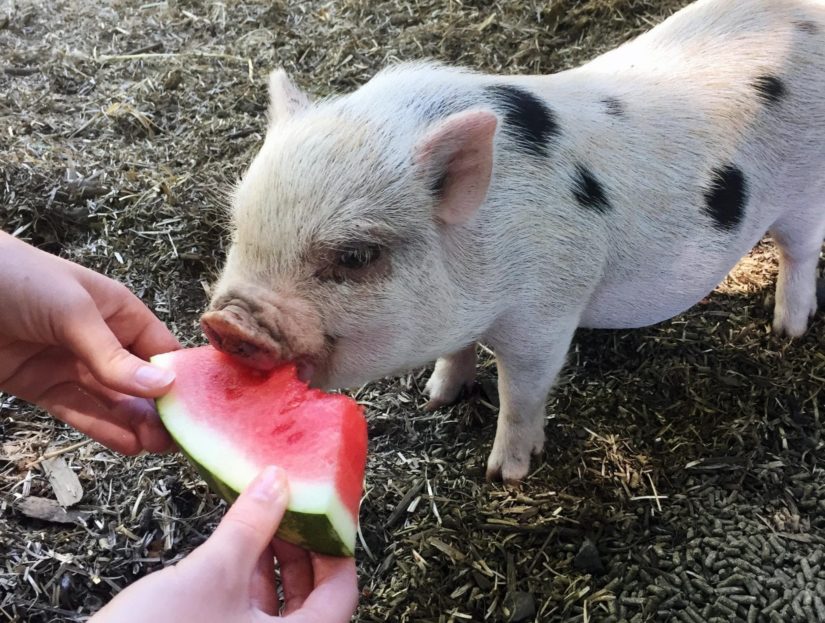
Social and Behavioral Aspects of Outdoor Living
Socializing Mini Pigs with Other Animals
Mini pigs are naturally social creatures. They thrive when they have company, whether it’s other pigs or different animals. When introducing your mini pig to other pets, patience is key. Start with short, supervised interactions and gradually increase the time they spend together. It’s important to note that mini pigs can be stubborn, so don’t rush the process. They need time to adjust and feel comfortable in their new social setting.
- Begin with short, supervised meetings.
- Gradually extend the time they spend together.
- Monitor interactions to ensure safety and comfort.
Understanding Mini Pig Behavior Outdoors
Outdoor living can change how mini pigs behave. They have more room to explore and express natural behaviors, like rooting and foraging. Understanding these behaviors is crucial for creating a harmonious environment. Mini pigs are curious and love to investigate their surroundings, so providing a stimulating environment is key. This can include toys, rooting areas, and safe spaces to explore.
- Provide toys and activities to keep them engaged.
- Ensure there are safe areas for them to explore.
- Recognize natural behaviors like rooting and foraging.
Addressing Behavioral Issues
Sometimes, mini pigs can develop behavioral issues if their needs aren’t met. This might include aggression, excessive noise, or destructive behavior. Addressing these issues involves understanding the root cause. Often, these behaviors stem from boredom or lack of social interaction. Enrichment activities can help mitigate these problems, offering mental and physical stimulation.
- Identify the root cause of the behavior.
- Increase social interaction and enrichment activities.
- Be consistent with training and boundaries.
Mini pigs are intelligent and social animals that require attention and care. Their behavior reflects their environment, and with the right approach, they can be delightful companions.
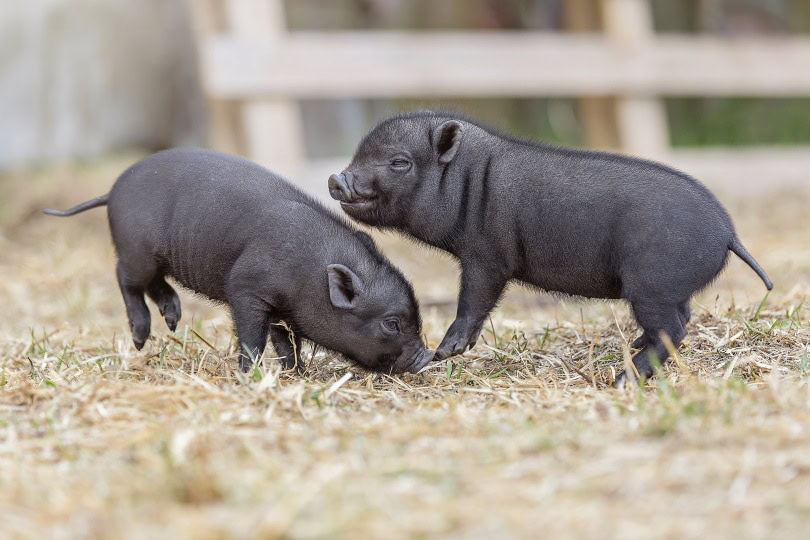
Health and Safety Considerations for Outdoor Mini Pigs
Common Health Concerns in Outdoor Environments
Mini pigs, just like any other animals, can face a range of health issues when living outdoors. A few common concerns include obesity, skin problems, and respiratory issues. Obesity is often a result of overfeeding and lack of exercise, so a balanced diet and ample space for movement are crucial. Skin problems might arise from allergies or parasites, necessitating regular grooming and check-ups. Respiratory issues can occur if your pig is exposed to dust or poor ventilation, so make sure their living area is clean and airy.
Safety Tips for Outdoor Living
Ensuring the safety of your mini pig in an outdoor environment involves several steps:
- Secure Fencing: Use sturdy materials like wood or metal to construct a fence that is high enough to prevent escapes and strong enough to withstand your pig’s curiosity.
- Weather Protection: Provide a shelter that shields from rain, wind, and extreme temperatures. Insulation and ventilation are key.
- Predator Protection: Ensure that the fencing is also effective against predators. Consider using aprons or trenches to prevent digging.
Emergency Preparedness for Outdoor Habitats
Being prepared for emergencies is essential for any pet owner. Here’s a quick checklist to help you get started:
- First Aid Kit: Have a basic first aid kit tailored for your mini pig, including items like bandages, antiseptics, and tweezers.
- Evacuation Plan: Know how you will safely transport your pig in case of an emergency, such as severe weather.
- Contact Information: Keep your veterinarian’s contact details handy, along with any emergency animal services in your area.
Outdoor living can be a great experience for mini pigs, but it requires careful planning and attention to their health and safety needs. With the right precautions, your pig can enjoy a happy and secure life outside.
For more information on creating a safe and comfortable indoor environment for mini pigs, consider exploring essential indoor tips to complement their outdoor living space.
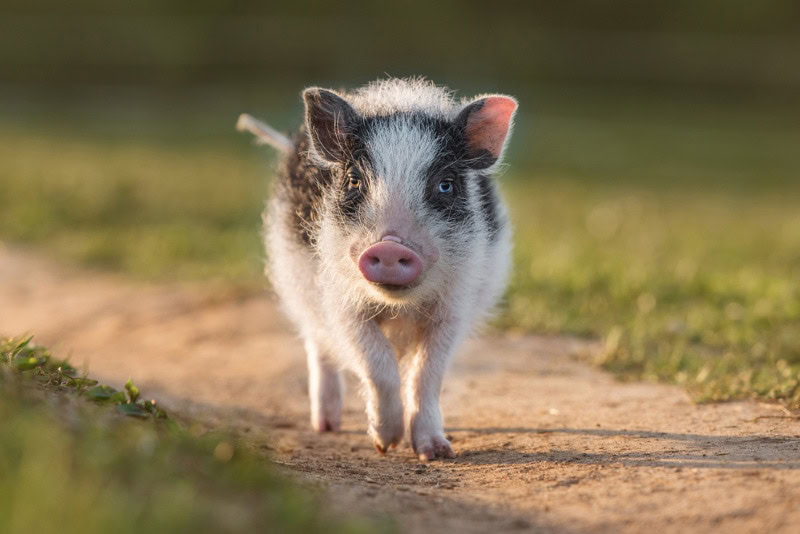
Legal and Zoning Considerations for Outdoor Mini Pig Owners
Understanding Local Zoning Laws
Before you bring a mini pig into your life, you’ve got to check if your area even allows them. Mini pigs are often classified as livestock or exotic animals, which might mean they’re not permitted in residential zones. Skipping this step can lead to heartbreak if your pig gets taken away. So, call your local city office and confirm the zoning laws. Make sure to get everything in writing. Trust me, you don’t want any surprises later.
Advocating for Mini Pig Ownership
If your area doesn’t allow mini pigs, don’t lose hope. You can advocate for change. Start by gathering support from neighbors and other pet owners. Attend city council meetings to present your case. Sometimes, a petition can make a big difference. The key is to show that these pigs are not just farm animals but beloved pets.
Navigating Legal Challenges
Even if the zoning laws are on your side, legal challenges can still pop up. Neighbors might complain about noise or smell, leading to issues. Keep a record of all communications with local authorities, and be proactive in addressing any concerns. Consulting a lawyer familiar with local pet laws might be smart, just in case you need some legal backup.
Owning a mini pig can be a rewarding experience, but it comes with its own set of challenges. Being informed and prepared can make all the difference in ensuring a harmonious living situation for you and your pig.
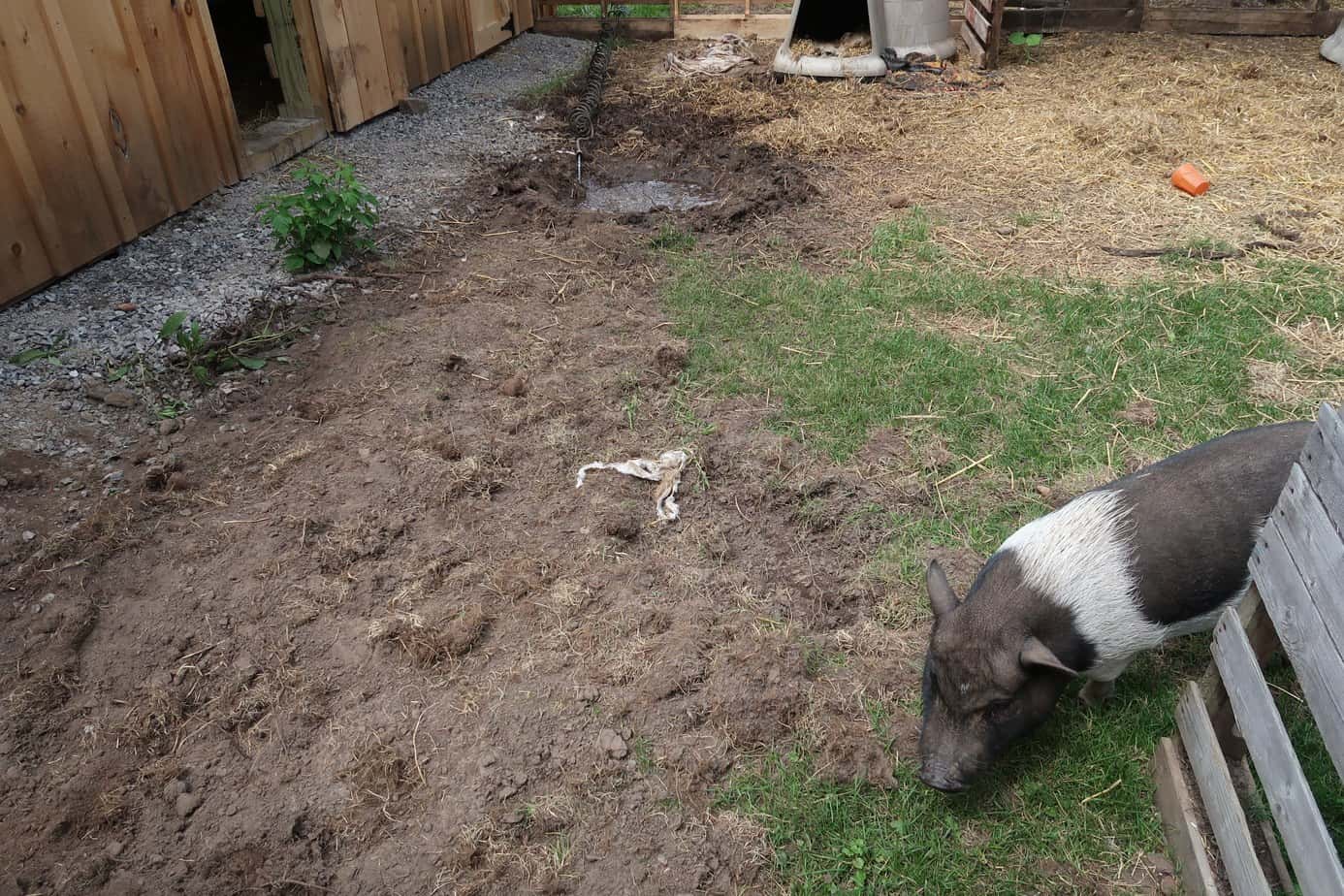
Wrapping It Up: Mini Pig Outdoor Living
So, there you have it! Setting up the perfect outdoor space for your mini pig is all about balancing safety, comfort, and fun. Whether it’s making sure the fence is pig-proof or creating a cozy shelter for those chilly nights, every little detail counts. Remember, these little guys are curious and social, so keeping them entertained with toys and a bit of mud to wallow in can make a world of difference. And don’t forget, a happy pig is a healthy pig. With the right setup, your mini pig will not only thrive but also bring a lot of joy to your life. So go ahead, give them the outdoor paradise they deserve!
Frequently Asked Questions
How much space do mini pigs need outdoors?
Mini pigs should have at least 50 square feet each to roam and play. If you have more than one pig, make sure they have enough room to move around and explore.
What kind of fencing is best for mini pigs?
Use strong materials like wood or metal for fencing. Make sure it’s high enough and check regularly for any weak spots to keep your pigs safe.
Can mini pigs live indoors all the time?
Yes, mini pigs can live indoors, but they need some outdoor time for exercise and fresh air. Make sure their indoor space is safe and comfortable.
What should I feed my mini pig?
Feed your mini pig a balanced diet with pig pellets, fresh veggies, and a little fruit. Avoid giving them table scraps or foods that might be harmful.
Are mini pigs good with other pets like dogs?
Mini pigs can get along with other pets if introduced properly. Always supervise their interactions to ensure they play nicely together.
Do mini pigs need vaccinations?
Yes, mini pigs need regular check-ups and vaccinations to stay healthy. Consult with a vet to know which shots are necessary for your pig.
